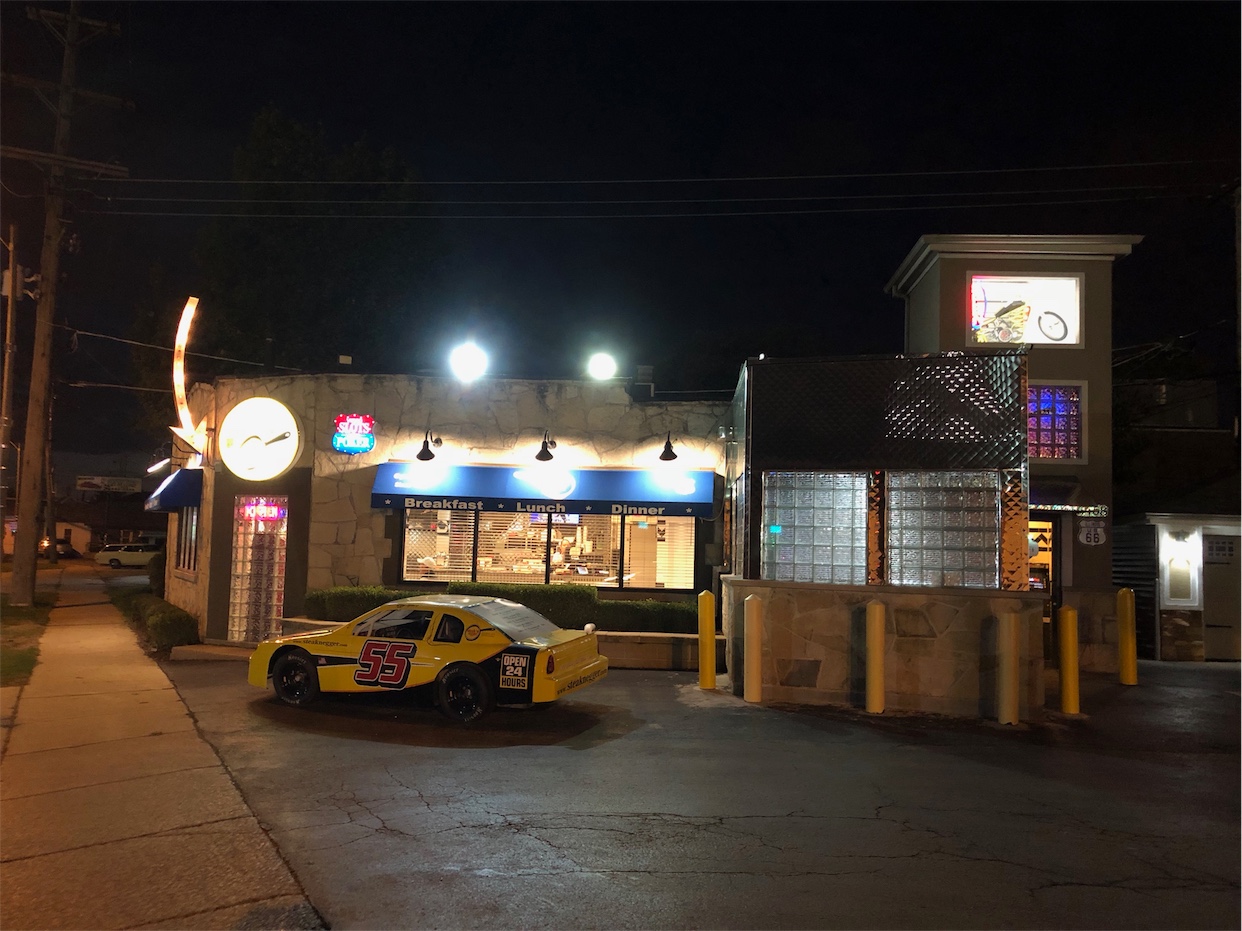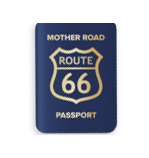FAQ
- Avoid the interstate and travel on historic Route 66 only with turn-by-turn Route 66 Navigation app for smartphones
- Purchase Route 66 Passport before your Route 66 trip. Click here
-
Do you prefer paper maps?
Try McJerry's EZ 66 Guide Book
Random point of interest

Steak & Egger
Since the first Steak *N Egger opened in 1955 three generations of the founding family have ...
DetailWhat do we need to know about reservations and the American Indians along Route 66?
What do we need to know about Reservations and the American Indians along Route 66?
Guide
Tribal lands can be a challenge to those of us unfamiliar with their customs, laws, beliefs, etc.
The AIANTA (American Indian Alaska Native Tourism Association) and the Route 66 Corridor Preservation Program of the NPS have published a guide to help us with that.
It’s available for viewing online and has a companion website as well.
Sovereign territory
Indian reservations are “sovereign territory”. They have their own laws and regulations, and their own enforcement of those.
In most cases, it is pretty difficult to know if you’re on tribal land or not. But if you’re clearly on it, respect them as your hosts. You’d expect your guests to pay you some respect in your home as well.
Photography on reservation land
Regarding picture taking: assume it’s not allowed.
It is best to leave cameras as much as possible out of sight. If you do want to take a picture, always ask permission first. Do this especially when taking pictures of private homes or people. Similarly, cultural and religious events and buildings, even if they look Christian, are often considered to be off-limits for photography. Also get permission before taking pictures of things that could be seen as a sign of poverty.
Aside from that, if there are signs that say: “no photography”, I guess that’s clear enough.
Don’t be surprised that they have permits that allow photography even where it’s normally prohibited. Some reservations are in desperate need of the extra income.
Things to do as a tourist on a reservation:
- Taste their cuisine, such as their fantastic fry bread
- Buy authentic artwork, supporting the economy
- See beyond the stereotypes, learn about their history and gain insight into their heritage and their authentic culture.
- Learn about the Navajo code talkers and their role in WWII
- If you’re lucky, you can visit some of their events such as a pow-wow
- And much more …





